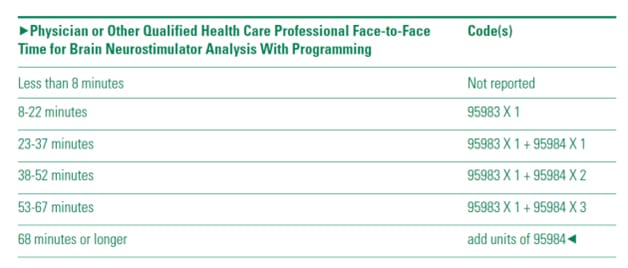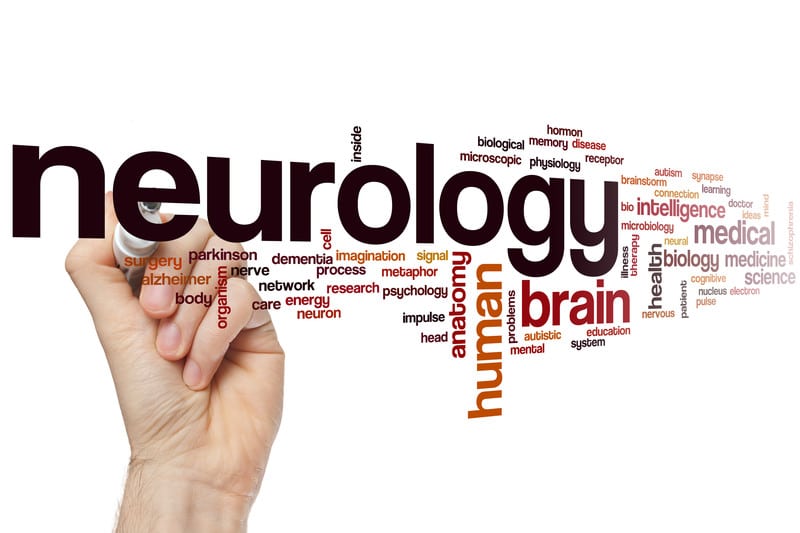Coding and billing accurately is critical for the financial health of neurology providers. However, this can be challenging due to complex and frequently changing codes as well as extensive documentation requirements. In fact, in 2019, neurologists have to deal with several CPT coding changes. Keeping up with such updates to ensure maximum reimbursement is much easier with expert neurology medical billing services and coding support.
Here are the notable CPT coding changes impacting neurology in 2019.
Electrocorticography and Neurostimulator Analysis
New CPT codes
Electrocorticography: There is a new code for Electrocorticography (ECoG) – the recording of electrophysiological activity from electrodes placed directly on the exposed surface of brain.
- 95836 – Electrocorticogram from an implanted brain neurostimulator pulse generator/transmitter, including recording, with interpretation and written report, up to 30 days
- Electrocorticography allows for intracranial recordings to continue even after the patient’s discharge from the hospital. CPT code 95836 includes unattended ECoG recording with storage for later review and interpretation during a single day period and may be reported only once for each 30 day period. The clinical documentation should include the specific dates encompassed by the 30-day period.
Neurostimulators and analysis programming: Cranial nerve neurostimulator programming codes are now differentiated by simple or complex, and are no longer based on time. Simple programming of a neurostimulator pulse generator/transmitter includes adjustment of 1 to 3 parameters. Complex programming includes adjustment of more than 3 parameters.
- 95976 – Electronic analysis of implanted neurostimulator pulse generator/transmitter (eg, contact group[s], interleaving, amplitude, pulse width, frequency [Hz], on/off cycling, burst, magnet mode, dose lockout, patient selectable parameters, responsive neurostimulation, detection algorithms, closed loop parameters, and passive parameters) by physician or other qualified health care professional; with simple cranial nerve neurostimulator pulse generator/transmitter programming by physician or other qualified health care professional
- 95977 – with complex cranial nerve neurostimulator pulse generator
- Brain neurostimulator programming codes are reported based on face-to-face time, differentiated by the initial 15 minutes and each additional 15-minute increment of time
- 95983 – with brain neurostimulator pulse generator/transmitter programming, first 15 minutes face-to-face time with physician or other qualified health care professional
- 95984 – with brain neurostimulator pulse generator/transmitter programming, each additional 15 minutes face-to-face time with physician or other qualified health care professional (list separately in addition to code for primary procedure)
Revised CPT codes: Three existing neurostimulator analysis CPT codes have been revised:
- 95970 – Electronic analysis of implanted neurostimulator pulse generator/transmitter (eg, contact group[s], interleaving, amplitude, pulse width, frequency [Hz], on/off cycling, burst, magnet mode, dose lockout, patient selectable parameters, responsive neurostimulation, detection algorithms, closed loop parameters, and passive parameters) by physician or other qualified health care professional; with brain, cranial nerve, spinal cord, peripheral nerve, or sacral nerve, neurostimulator pulse generator/transmitter, without programming
- 95971 – with simple spinal cord or peripheral nerve (eg, sacral nerve) neurostimulator pulse generator/transmitter programming by physician or other qualified health care professional
- 95972 – with complex spinal cord or peripheral nerve (eg, sacral nerve) neurostimulator pulse generator/transmitter programming by physician or other qualified health care professional
Deleted CPT codes: Four CPT codes have been deleted. 95974 and 95975 have been deleted (to report, refer to 95976 and 95977). 95978 and 95979 have been deleted (to report, refer to 95983 and 95984).
Important points about Analysis and Programming (www.neuropace.com):
- Analysis and programming services may be provided by a physician or other qualified healthcare professional, with or without support from a manufacturer’s representative.
- Neither the payer nor the patient should be billed for services rendered by the manufacturer representative. Providers should know their local Medicare contractor or payer on applicable policies.
- An evaluation and management code may be reported if a separately identifiable evaluation and management service takes place in addition to analysis and programming. In this case, modifier -25 should be appended to the evaluation and management code reported on the claim.
Other New Codes impacting Neurologists: There are also new codes to report developmental testing:
- 96112 – Developmental test administration (including assessment of fine and/or gross motor, language, cognitive level, social, memory and/or executive functions by standardized developmental instruments when performed), by physician or other qualified health care professional, with interpretation and report; first hour
- 96113 – each additional 30 minutes (List separately in addition to code for primary procedure)
- 96121 – Neurobehavioral status exam (clinical assessment of thinking, reasoning and judgment, [eg, acquired knowledge, attention, language, memory, planning and problem solving, and visual spatial abilities]), by physician or other qualified health care professional, both face-to-face time with the patient and time interpreting test results and preparing the report; each additional hour (List separately in addition to code for primary procedure)
New CPT Guidelines on Time Component for Analysis and Programming
In 2019, there are new CPT guidelines to help with correct reporting of brain neurostimulator analysis and programming services:

With these new and restructured codes and notable changes on billing neurostimulator analysis and programming, medical billing outsourcing to an expert is a practical strategy to ensure accurate claim submission and payment. Neurology providers should also understand and follow documentation requirements to allow for proper coding and billing.




